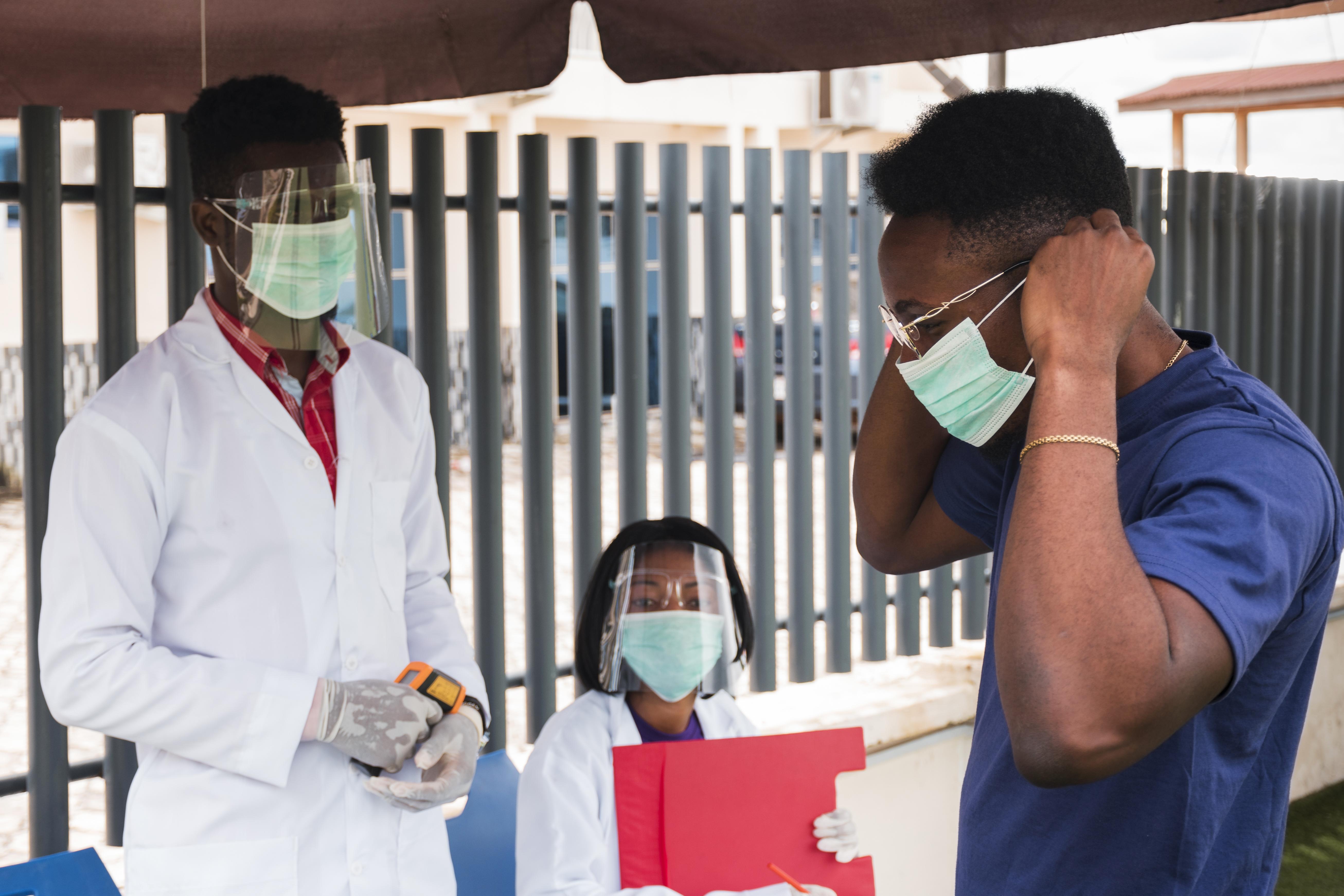Blogs

Over the past few years, Kenya has taken important steps toward strengthening its surveillance and pandemic preparedness and response (S-PPR) systems. The COVID-19 pandemic served as a wake-up call for many countries, including Kenya, revealing both strengths and deep-rooted vulnerabilities in public health infrastructure and emergency response.
A scoping report by the African Institute for Development Policy (AFIDEP), under the Surveillance and Pandemic Preparedness Financing in collaboration with Globesolute, explores the current landscape of Kenya’s pandemic preparedness, revealing major financing, institutional, and operational gaps that put the country at continued risk in the face of future public health emergencies.
Progress and persistent gaps
The report finds that Kenya has made commendable progress in integrating S-PPR into its strategic health documents. The Ministry of Health Strategic Plan (2023–2027) and the National Public Health Institute Strategic Plan (2022–2026) both emphasize robust surveillance systems, cross-sectoral coordination, and capacity development. Event-Based Surveillance (EBS) systems played a vital role during COVID-19, enabling rapid detection and response.
However, these advancements are undercut by persistent weaknesses. The budget allocated to health in Kenya persistently falls below the15% target set by the Abuja Declaration with only 9.7% of the national budget to health in the FY2023/24. Within this budget, pandemic preparedness receives a disproportionately small share. Allocations for disease surveillance and pandemic response also dropped significantly, from around 22% of the health budget in FY2021/22 due to COVID-19 intervention to less than 1% in subsequent years.
The situation is compounded by heavy reliance on external donors. Between 2016 and 2019, external support for surveillance programmes rose from 54.4% to 90.2%, while domestic public spending on the same dropped sharply, from 32.4% to 0.8%. This dependency puts Kenya in a vulnerable position, particularly as global funding shifts.
There are also glaring financing gaps. Kenya requires approximately $4.35 per capita annually to maintain core S-PPR functions, yet the country falls short of this benchmark. The report estimates a $40–50 million initial funding gap, with ongoing annual shortfalls between $20–30 million—hindering investments in surveillance technology, emergency stockpiles, and health workforce training.
Only 60% of counties have adequate diagnostic facilities. The limited availability of essential laboratory infrastructure, diagnostic tools, and skilled personnel weakens the country’s ability to identify and respond to health threats early.
Operational and coordination challenges
Operational inefficiencies also affect the performance in the system. Fund disbursement delays, corruption-particularly in procurement entities like Kenya Medical Supplies Authority (KEMSA)-and fragmented coordination between national and county governments result in duplication, underutilised personnel, and weak grassroots-level health responses. Community Health Promoters, who could be powerful agents in early warning systems, remain underutilised due to lack of integration, training, and support.
The AFIDEP report highlights that while strategies exist, the systems to operationalise them remain fragmented. Pandemic preparedness is often treated as a project-based intervention instead of a core national health investment.
Recommendations for a more resilient future
To address the challenges highlighted, the report calls for a series of strategic actions. First, it recommends establishing a legal framework through a Pandemic Preparedness and Response Act, which would empower the Kenya National Public Health Institute (KNPHI) to lead the coordination and implementation of surveillance and pandemic preparedness efforts.
The report also proposes the creation of a National Pandemic Preparedness Fund, managed at the Central Bank. The fund will be used to collect resources raised from different sources including domestic revenue, donor funding and health security levy imposed on excisable goods such as tobacco, alcohol, and sugary drinks. In addition, it urges the government to increase budget allocations, suggesting that 1–2% of the overall health budget be specifically dedicated to pandemic preparedness and response functions.
Infrastructure and workforce development are also key. The report recommends scaling up the electronic Integrated Disease Surveillance and Response (e-IDSR) system, expanding training opportunities for epidemiologists, and deploying mobile diagnostic units across counties to boost early detection capabilities.
To ensure financial accountability, the report advocates for centralising and streamlining resource use under a unified PPR Resource Pool, accompanied by the establishment of a National S-PPR Resource Efficiency Framework to track performance and enhance funding impact.
Finally, the report emphasises the need to integrate surveillance and pandemic preparedness into long-term health sector planning. This integration ensures that preparedness is treated not as a temporary project but as a core investment aligned with Kenya’s universal health coverage (UHC) goals.
Conclusion
In Kenya, systems, strategies, and partnerships are in place, but without sustainable financing, centralised coordination, and domestic ownership, the country remains vulnerable to future pandemics. The AFIDEP scoping report offers a timely and evidence-based roadmap for action for policymakers to act on it. Investing in pandemic preparedness is not just a health priority; it is a national security imperative.

